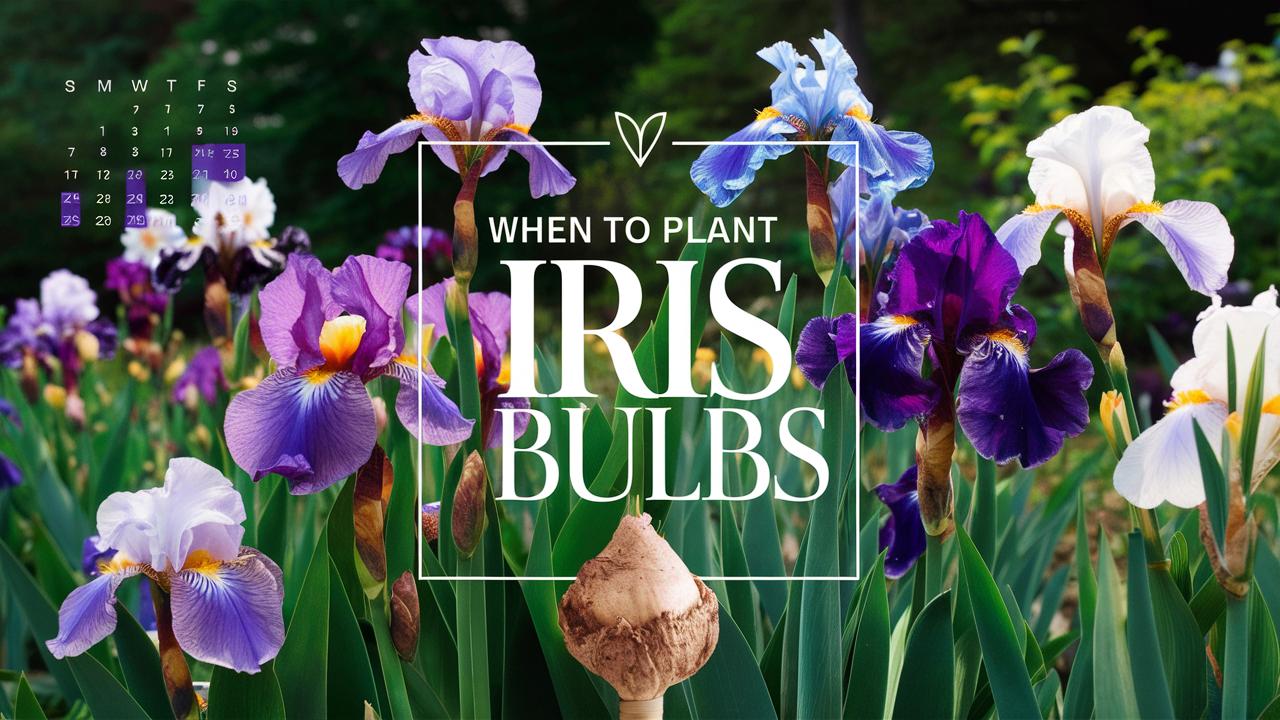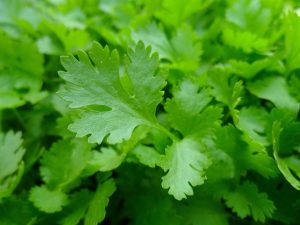In this guide, we’ll dig deep into the wonderful world of iris bulbs, explore when to plant them, and provide tips to ensure a flourishing display in your garden.
Understanding Iris Bulbs
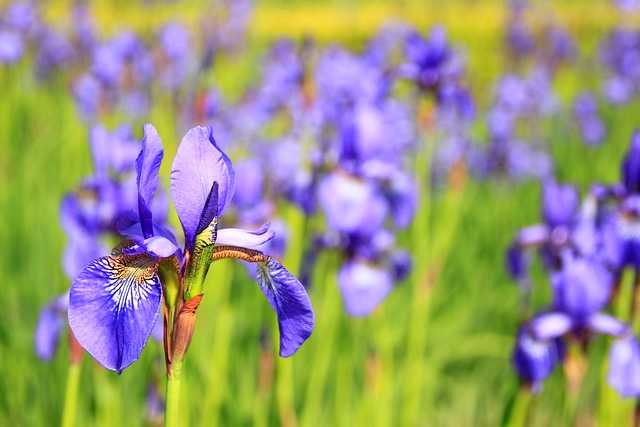
Before we delve into the specifics of planting times, it’s essential to understand what iris bulbs are, as well as the different types available. The term “iris bulb” can be a bit misleading, as most irises are technically rhizomes—an underground stem from which roots and shoots emerge. There are three main categories of iris: bearded, beardless, and bulbous. The planting requirements may vary slightly among these types, but they all share a few universal needs.
Types of Iris
Bearded Iris: Most commonly found in gardens, bearded irises have distinctive fuzzy or ‘bearded’ petals that are a defining characteristic. They thrive in sunny environments and benefit from well-drained soil.
Beardless Iris: This category includes species such as Siberian and Japanese irises. These varieties prefer moist conditions and can tolerate partial shade, making them popular in more temperate or woodland settings.
Bulbous Iris: Varieties like the Dutch iris and the reticulated iris grow from true bulbs. They are often used in container gardening or as part of mixed garden beds. Bulbous irises may require distinct planting times compared to their rhizome counterparts.
The Ideal Time for Planting Iris Bulbs

Planting Season Overview
The timing for planting iris bulbs greatly depends on the type of iris, climatic conditions in your region, and whether you’re starting from bulbs or rhizomes. Generally, for most irises, including bearded and beardless types, early to mid-fall is considered the best time for planting. This allows the plants to establish roots and prepare for winter dormancy before bursting into bloom in spring.
Bearded Iris: Aim to plant bearded irises in late summer to early fall (from late July to September). This timing allows them to settle in and develop robust root systems before cold temperatures arrive.
Beardless Iris: Beardless varieties can also be planted in early fall. However, if you’re in a warmer climate, you may find that late winter or early spring works better, providing you with a bit more flexibility.
Bulbous Iris: True bulbous irises like the Dutch iris are typically planted in late fall to early spring, depending on your local climate. In general, aim to plant these bulbs about six weeks before the last expected frost date.
Regional Considerations
When considering the best times to plant your iris bulbs, it’s crucial to think about your specific region:
Cold Climates: In northern states or countries with severe winters, it’s wise to plant your irises in late summer or very early fall. This allows the roots to establish before the ground freezes, and they will be poised to grow as soon as spring arrives.
Temperate Climates: If you live in a more temperate area where winters are mild, you may have more options. Here, you could plant bulbs in early spring or even late fall, provided there is no risk of frost.
Warm Climates: In areas that experience hot summers and mild winters, early fall plantings work well for bearded and beardless irises. For bulbous irises, planting can extend into late winter.
Preparing Your Garden for Iris Bulbs
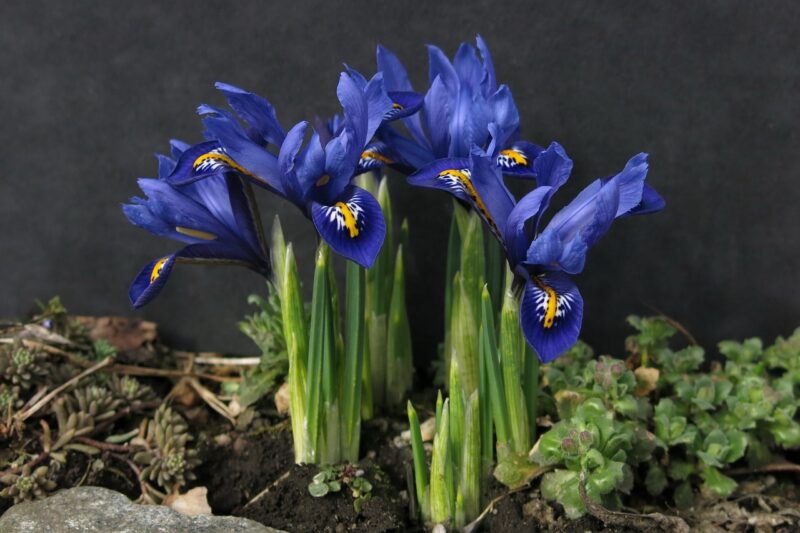
Once you’ve determined your planting time, it’s essential to prepare your garden bed adequately. Proper preparation can significantly enhance the growth and blooming potential of your irises.
Choosing the Right Location
Sunlight: Irises thrive on sunlight. Aim for a location that receives at least six hours of direct sun daily. This encourages healthy growth and encourages the production of flowers.
Soil Quality: Well-draining soil is paramount for growing irises. They dislike wet feet or overly damp conditions. If your garden has heavy clay or is prone to accumulating water, consider amending it with organic matter or incorporating sand to improve drainage.
Spacing: When planting irises, ensure you provide adequate space. Bearded irises, in particular, need plenty of room to spread. Aim for at least 12 to 18 inches between each bulb or plant to ensure good air circulation and prevent disease.
Soil Preparation
Before planting, take the time to prepare the soil:
Testing and Adjusting pH: The ideal soil pH for irises should be between 6.0 and 7.0. Testing kits are readily available at garden centers or online, and if necessary, you can amend the soil with lime to raise the pH or sulfur to lower it.
Adding Nutrients: Incorporate organic compost or a slow-release balanced fertilizer into the soil before planting. This provides the necessary nutrients to support robust initial growth.
Planting Iris Bulbs: Step-by-Step Guide
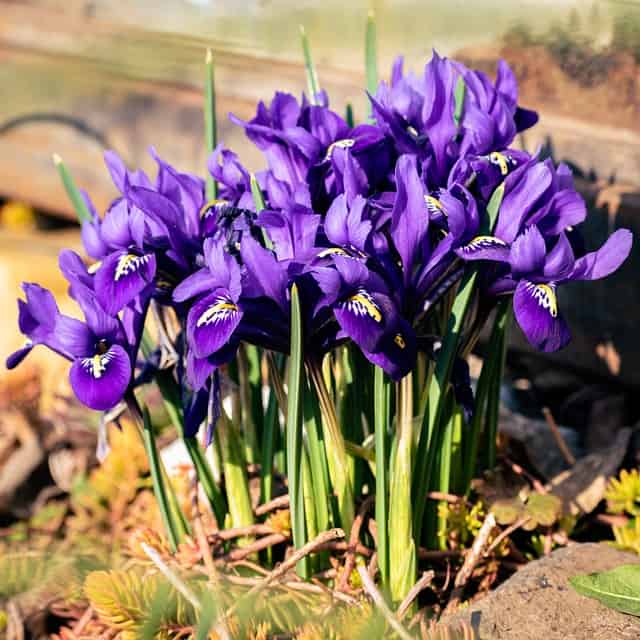
How to Plant Bearded Iris
Dig the Hole: Create a hole deep enough to accommodate the rhizome, typically 6 to 8 inches. The top of the rhizome should be exposed to sunlight when planted, as burying it too deeply can hinder growth.
Positioning: Place the rhizome in the hole with the roots spread out beneath it. The top should be about one inch above the soil surface to promote healthy growth.
Backfill and Water: Fill in the hole gently, making sure not to cover the rhizome entirely. Water the area lightly to settle the soil around the roots.
How to Plant Beardless Iris
Prepare the Soil: As with bearded irises, ensure that the soil is loose and well-drained. Beardless irises appreciate a slightly moister environment but must still have adequate drainage.
Dig and Position: Dig a hole similar to that of the bearded variety, ensuring enough room for the roots to spread. Place the rhizome or bulb in the hole and cover lightly.
Water Appropriately: Water the area once planted, ensuring the moisture is sufficient but not waterlogged, which can lead to rot.
How to Plant Bulbous Iris
Dig the Hole: For bulbous iris, plant the bulbs at a depth of about two to three times their height, typically around 3 to 6 inches deep.
Spacing: Ensure adequate space between bulbs of at least 4 to 6 inches, as they will need room to grow.
Watering: Water well after planting to help initiate growth but avoid overwatering.
Care After Planting
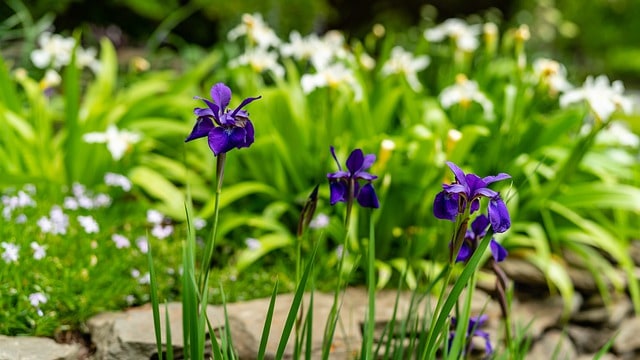
Once you’ve planted your iris bulbs, they require some attention to flourish.
Watering Practices
After planting, it is essential to keep the soil slightly moist, especially during the initial establishment phase. However, avoid over-watering, as irises are susceptible to root rot. Allow the top layer of soil to dry out between waterings.
Fertilization
Irises generally do not require heavy fertilization. In early spring, you can apply a low-nitrogen fertilizer to encourage blooming. Over-fertilization can lead to lush foliage at the expense of flowers.
Mulching
Applying a light layer of mulch around your irises can help retain moisture and regulate soil temperature. However, ensure that the mulch is kept away from the base of the plants to prevent rot.
Recognizing Bloom Times
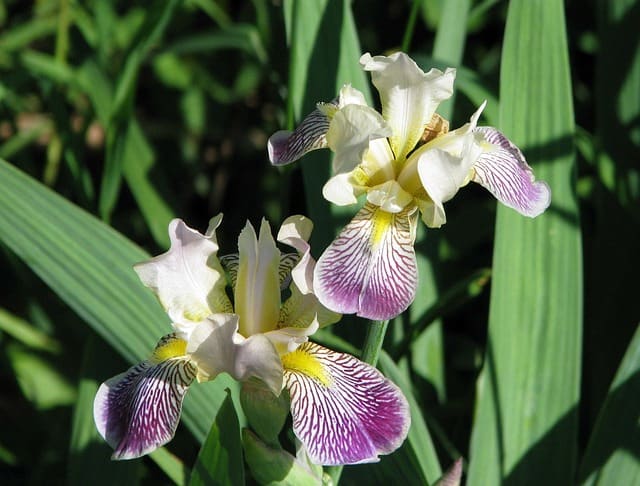
Bearded Iris Blooming
Bearded irises typically bloom from late spring to early summer. After properly planting in the fall, you can expect the first blooms the following season. The blooming period often lasts only a couple of weeks, but the vibrant display can be quite stunning.
Beardless Iris Blooming
Beardless irises generally bloom a little later than their bearded counterparts and may extend their flowering time, with some varieties blooming through early summer and in favorable conditions, possibly even in the fall.
Bulbous Iris Blooming
Bulbous irises tend to bloom earlier in spring, often pushing through the soil as winter fades. You’ll be treated to their charming array of colors just as the gardening season begins.
Troubleshooting Common Issues
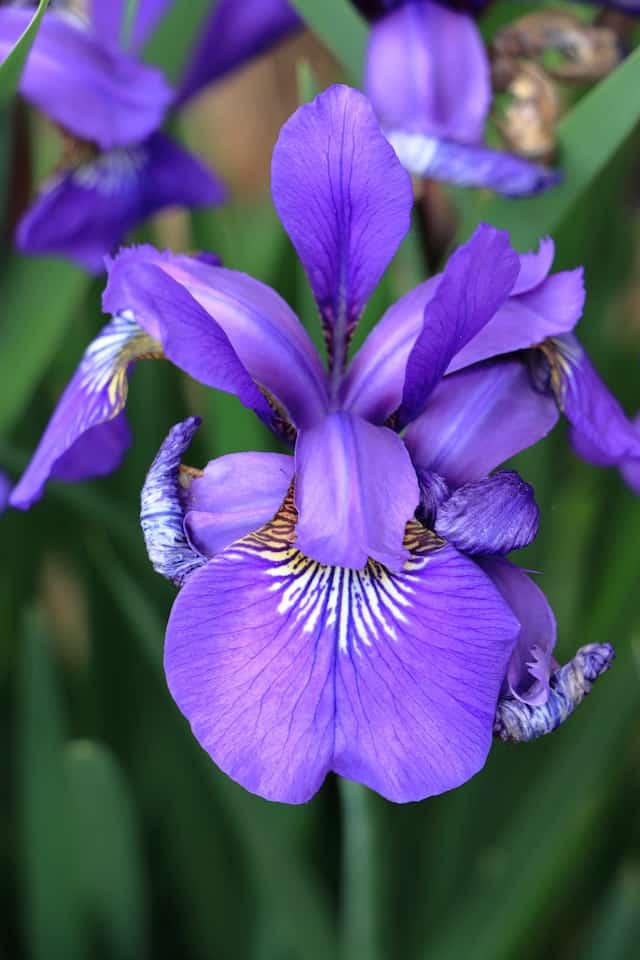
Despite their resilience, iris bulbs can experience some challenges. Here are common issues and solutions:
Pests and Diseases
Iris Borer: This is a common pest found in bearded irises. Regular inspections and early detection are vital. Handpicking the larvae and removing infected plants can help manage this issue.
Fungal Diseases: These can often result from overly wet conditions. Ensure that your plants have good airflow and avoid overcrowding. Use fungicides if necessary.
Environmental Stress
Iris plants can suffer from stress due to poor soil conditions, insufficient sunlight, or extreme temperatures. Regular monitoring and adjusting care routines as needed are crucial for keeping them healthy.
Conclusion
Planting iris bulbs doesn’t have to be an overwhelming task. By understanding the optimal times for planting specific types of iris and preparing your garden accordingly, you can create a flourishing iris display that will bring joy and beauty to your outdoor space.


